Hear and Now at The Huntington
Posted on Wed., March 31, 2021
Hear and Now is a new podcast that connects the incomparable library, art, and botanical collections at The Huntington with the wider world. Join host Giovana Romano Sanchez for a series of short audio essays that explore objects and ideas found at The Huntington along with the brilliant minds behind them. What unfolds is an original take on the issues we are facing in the world, right now. Theme song by John Zalewski.
Listen wherever you get your podcasts.
About the Host
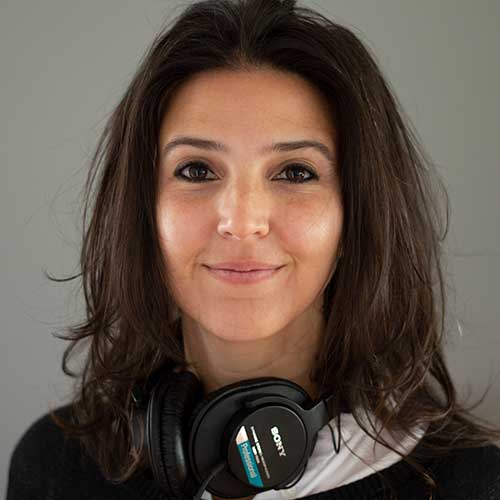
Giovana Romano Sanchez is a communications specialist in the office of communications and marketing at The Huntington. She was born in São Paulo, Brazil, and worked as a journalist covering human rights issues in Latin America and Africa before coming to the U.S. in 2015. Giovana has a master's degree in Latin American studies from the University of Texas at Austin.
Episodes
Episode 6: A Year of Red Earth
In this episode, we bring you a conversation with Los Angeles-based and internationally renowned artist, painter, and sculptor Lita Albuquerque. During this past year, when museums around California were closed due to the COVID-19 pandemic, Albuquerque’s outdoor installation at The Huntington, “Red Earth,” was among the few pieces of art that visitors could experience. Located near the southern entrance to the Japanese Garden, “Red Earth” features an approximately 6-by-4-foot rock slab coated with red pigment and surrounded by bamboo stalks affixed with copper-colored bands. To talk with Lita about the story behind “Red Earth” and the meanings the piece gained during this past year, we brought in our gardens cultural curator and programs director, Robert Hori.
Guests:
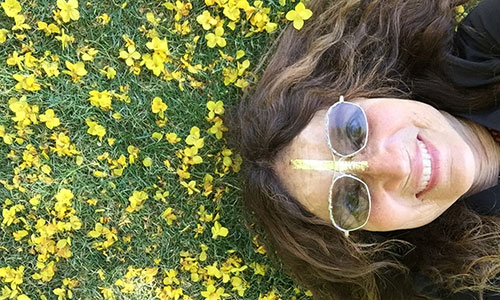 Lita Albuquerque. Photo courtesy of the artist.
Lita Albuquerque. Photo courtesy of the artist.
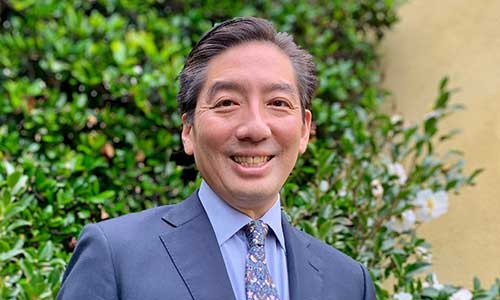 Robert Hori. Gardens Cultural Curator and Program Director at The Huntington Library, Art Museum, and Botanical Gardens.
Robert Hori. Gardens Cultural Curator and Program Director at The Huntington Library, Art Museum, and Botanical Gardens.
Extras:
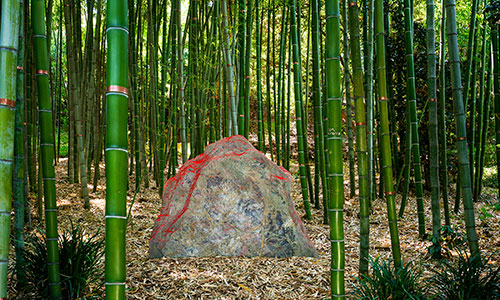 Installation view of “Red Earth” by Lita Albuquerque. The Huntington Library, Art Museum, and Botanical Gardens. Photo by Karl Puchlik. Courtesy of the artist.
Installation view of “Red Earth” by Lita Albuquerque. The Huntington Library, Art Museum, and Botanical Gardens. Photo by Karl Puchlik. Courtesy of the artist.
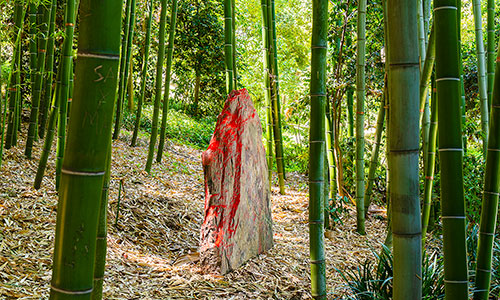 Installation view of “Red Earth” by Lita Albuquerque. The Huntington Library, Art Museum, and Botanical Gardens. Photo by Karl Puchlik. Courtesy of the artist.
Installation view of “Red Earth” by Lita Albuquerque. The Huntington Library, Art Museum, and Botanical Gardens. Photo by Karl Puchlik. Courtesy of the artist.
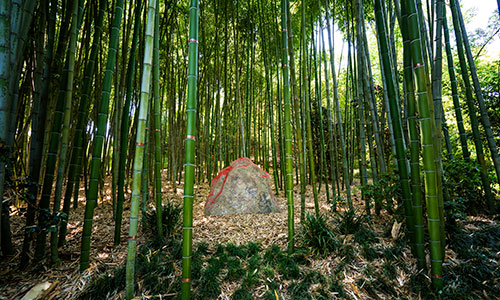 Installation view of “Red Earth” by Lita Albuquerque. The Huntington Library, Art Museum, and Botanical Gardens. Photo by Karl Puchlik. Courtesy of the artist.
Installation view of “Red Earth” by Lita Albuquerque. The Huntington Library, Art Museum, and Botanical Gardens. Photo by Karl Puchlik. Courtesy of the artist.
Episode 5: Letters Across the Border
In this episode, we bring you the stories of two immigrant families who, separated by the border, relied on letters to maintain their relationships: the mid-20th-century Mexican couple José Chávez Esparza and María Concepción Alvarado, whose letters are part of The Huntington’s collections, and José Cervantes, a gardener at The Huntington who came to the U.S. from Mexico when he was 24 years old. We hear from Miroslava Chávez-García, José and Maria’s daughter, and from José Cervantes about the emotional toll of moving to a new country and about how writing letters helped them and their families cope with longing and isolation.
Read more about the Chávez Esparza family letters.
Guests:
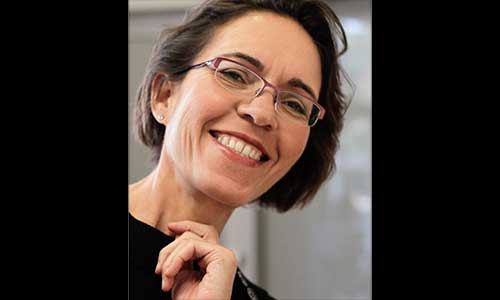 Miroslava Chávez-García is a professor of History and Chicana/o Studies at the University of California, Santa Barbara, and the author of Migrant Longing: Letter Writing Across the U.S.-Mexico Borderlands.
Miroslava Chávez-García is a professor of History and Chicana/o Studies at the University of California, Santa Barbara, and the author of Migrant Longing: Letter Writing Across the U.S.-Mexico Borderlands.
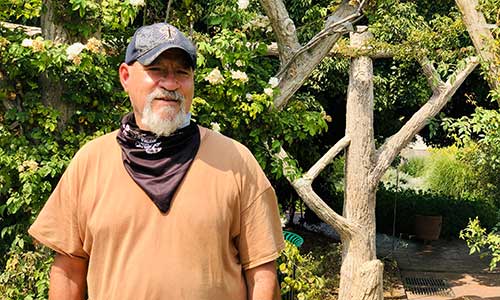 José Cervantes is a gardener at The Huntington Library, Art Museum, and Botanical Gardens.
José Cervantes is a gardener at The Huntington Library, Art Museum, and Botanical Gardens.
Extras:
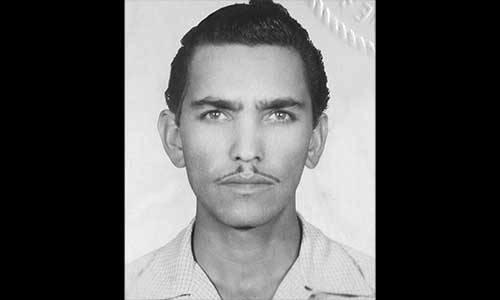 José Chávez Esparza (1933–1981), in 1956, as a young man migrating to the United States as a bracero, an agricultural worker in California under contract with a U.S. employer. Photograph in Miroslava Chávez-García’s personal collection. The Huntington Library, Art Museum, and Botanical Gardens.
José Chávez Esparza (1933–1981), in 1956, as a young man migrating to the United States as a bracero, an agricultural worker in California under contract with a U.S. employer. Photograph in Miroslava Chávez-García’s personal collection. The Huntington Library, Art Museum, and Botanical Gardens.
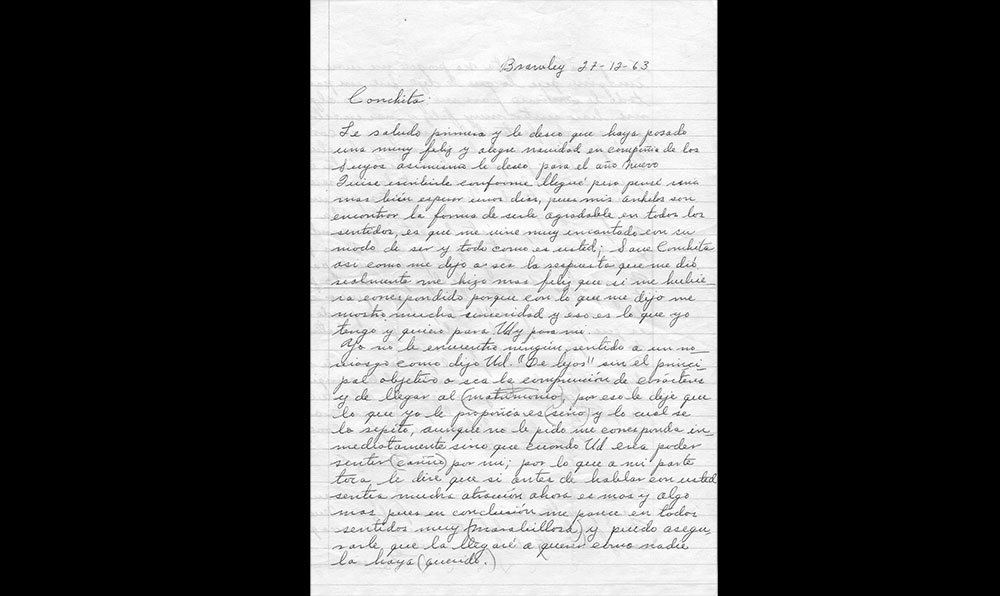 The first letter of courtship José Chávez Esparza sent María Concepción Alvarado, known as “Conchita,” in late December 1963. Photograph in Miroslava Chávez-García’s personal collection. The Huntington Library, Art Museum, and Botanical Gardens.
The first letter of courtship José Chávez Esparza sent María Concepción Alvarado, known as “Conchita,” in late December 1963. Photograph in Miroslava Chávez-García’s personal collection. The Huntington Library, Art Museum, and Botanical Gardens.
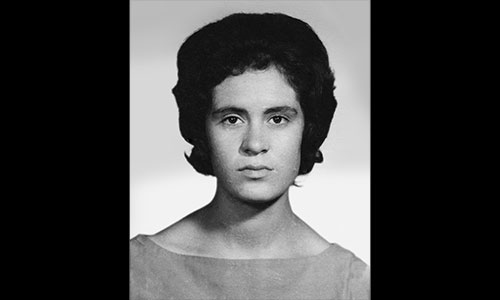 Recently graduated from secondary school in 1963, María Concepción Alvarado (1945–1981) expected to continue with her studies but ended up marrying José Esparza and migrating to the U.S. instead. Photograph in Miroslava Chávez-García’s personal collection. The Huntington Library, Art Museum, and Botanical Gardens.
Recently graduated from secondary school in 1963, María Concepción Alvarado (1945–1981) expected to continue with her studies but ended up marrying José Esparza and migrating to the U.S. instead. Photograph in Miroslava Chávez-García’s personal collection. The Huntington Library, Art Museum, and Botanical Gardens.
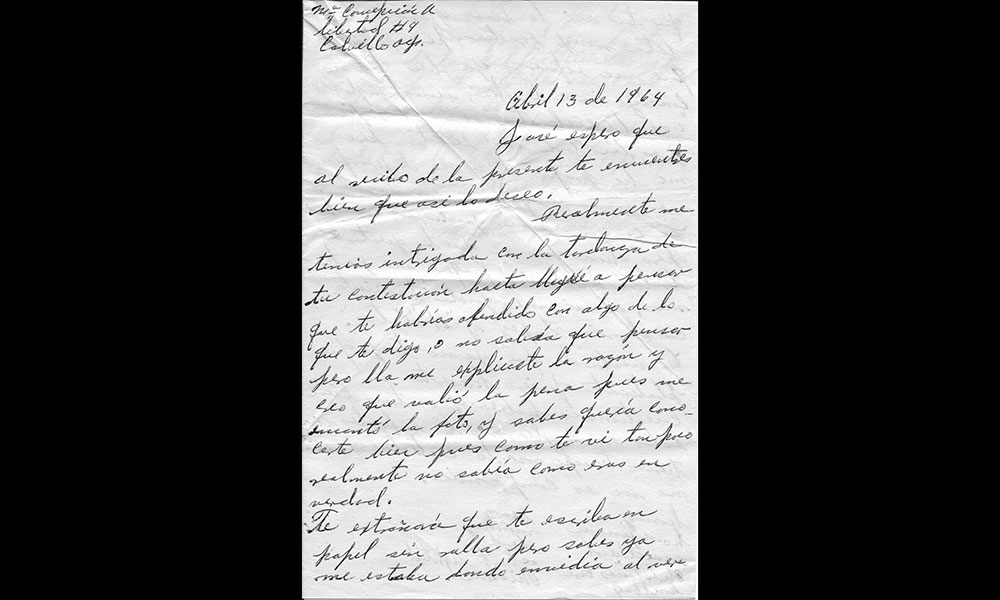 A letter from Conchita to José dated April 13, 1964, a few months after they met. Photograph in Miroslava Chávez-García’s personal collection. The Huntington Library, Art Museum, and Botanical Gardens.
A letter from Conchita to José dated April 13, 1964, a few months after they met. Photograph in Miroslava Chávez-García’s personal collection. The Huntington Library, Art Museum, and Botanical Gardens.
Episode 4: Loren Miller's Extraordinary Fight for Civil Rights in America
As protests for racial justice take to the streets, we remember one of the most important civil rights lawyers of the mid-20th century: Loren Miller. Miller worked on landmark U.S. Supreme Court cases, like Shelley v. Kraemer, which resulted in racially restrictive housing covenants being ruled unconstitutional, and Brown v. Board of Education, which ended legal segregation in public schools. He was also an influential writer and activist. Host Giovana Romano Sanchez interviews writer and researcher Dr. Amina Hassan and Harvard professor Kenneth Mack about Miller’s life, work, and significance in today’s racial politics.
The clip from Loren Miller’s 1967 interview is courtesy of Lawrence De Graaf Center for Oral and Public History, California State University, Fullerton. This episode also includes recordings from Tim Kahn under the Creative Commons Attribution License.
Guests:
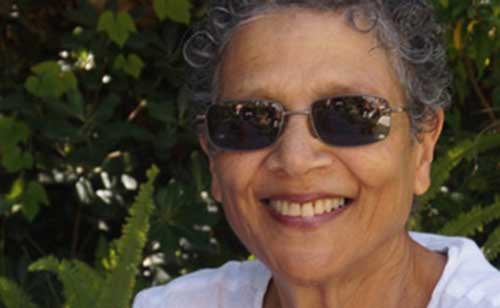 Dr. Amina Hassan, scholar, researcher, and the author of Loren Miller: Civil Rights Attorney and Journalist. (University of Oklahoma Press).
Dr. Amina Hassan, scholar, researcher, and the author of Loren Miller: Civil Rights Attorney and Journalist. (University of Oklahoma Press).
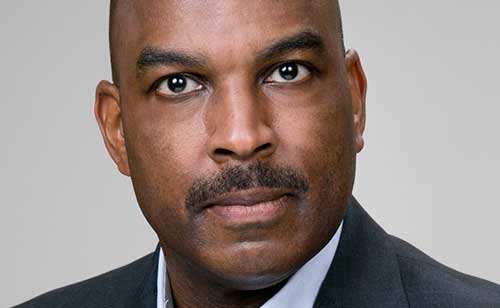 Kenneth W. Mack, Professor of Law and Affiliate Professor of History at Harvard University, and author of Representing the Race: The Creation of the Civil Rights Lawyer. (Harvard University Press).
Kenneth W. Mack, Professor of Law and Affiliate Professor of History at Harvard University, and author of Representing the Race: The Creation of the Civil Rights Lawyer. (Harvard University Press).
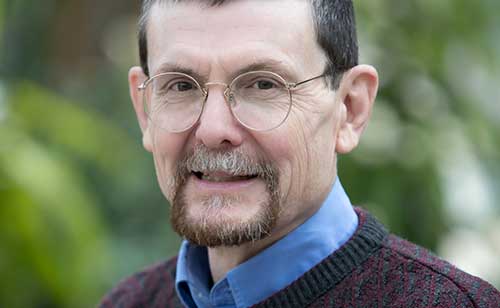 Clay Stalls, The Huntington’s Curator of California and Hispanic Collections.
Clay Stalls, The Huntington’s Curator of California and Hispanic Collections.
Extras:
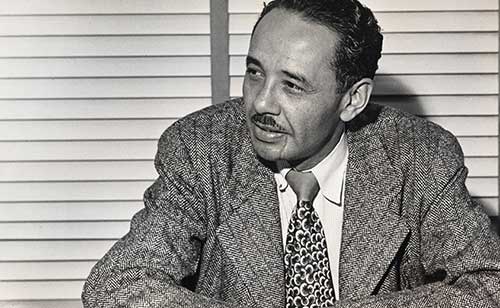 Read more about Loren Miller's legacy as a journalist, lawyer, and judge.
Read more about Loren Miller's legacy as a journalist, lawyer, and judge.
Loren Miller, seated at desk, ca. 1950. Unknown photographer. Loren Miller Collection. The Huntington Library, Art Museum, and Botanical Gardens.
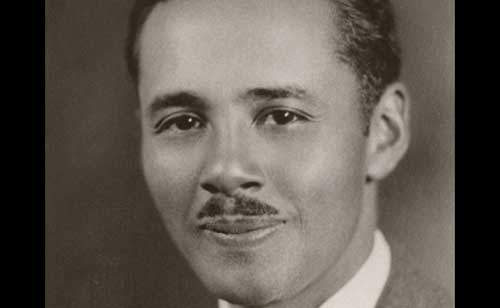 Loren Miller, ca. 1933. As a journalist, lawyer, and judge, Miller dedicated his life and career to fighting discrimination of all types. Langston Hughes Collection. The Huntington Library, Art Museum, and Botanical Gardens.
Loren Miller, ca. 1933. As a journalist, lawyer, and judge, Miller dedicated his life and career to fighting discrimination of all types. Langston Hughes Collection. The Huntington Library, Art Museum, and Botanical Gardens.
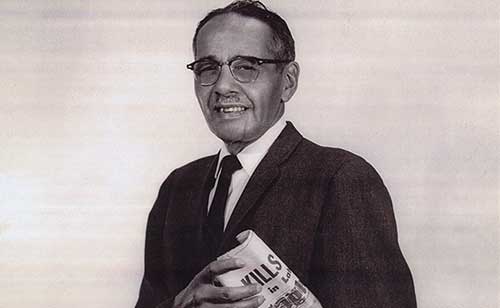 Listen to our guest Dr. Amina Hassan's presentation at The Huntington on the life of Loren Miller.
Listen to our guest Dr. Amina Hassan's presentation at The Huntington on the life of Loren Miller.
Loren Miller, holding a copy of the California Eagle, 1951. In 1929, Miller came to Los Angeles, where he worked as editor of the California Eagle, the oldest African-American newspaper in the city. He purchased the newspaper in 1951. Langston Hughes Collection. The Huntington Library, Art Museum, and Botanical Gardens.
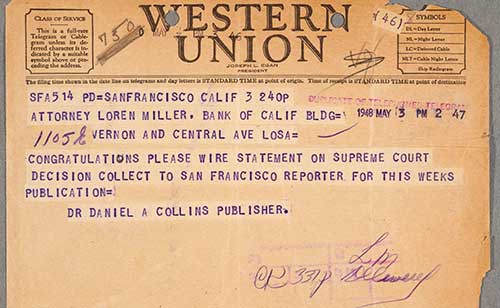 Western Union telegram congratulating Loren Miller on his Supreme Court victory. May 3, 1948, Box 8 (3), Loren Miller papers. The Huntington Library, Art Museum, and Botanical Gardens.
Western Union telegram congratulating Loren Miller on his Supreme Court victory. May 3, 1948, Box 8 (3), Loren Miller papers. The Huntington Library, Art Museum, and Botanical Gardens.
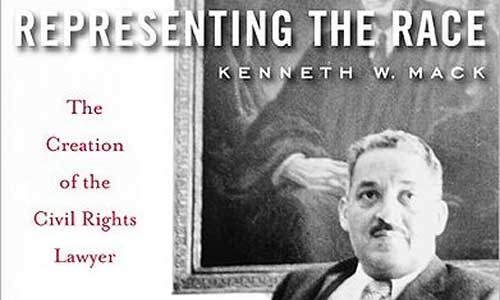 Representing the Race tells the story of an enduring paradox of American race relations through the prism of a collective biography of African American lawyers, including Loren Miller, who worked in the era of segregation. Shop
Representing the Race tells the story of an enduring paradox of American race relations through the prism of a collective biography of African American lawyers, including Loren Miller, who worked in the era of segregation. Shop
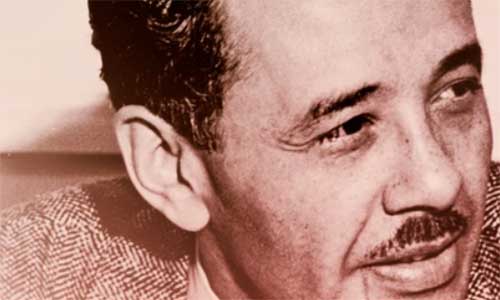 Loren Miller: Civil Rights Attorney and Journalist tells the The story of Loren Miller, a true American original who defied societal limitations to reshape the racial and political landscape of twentieth-century America. Shop
Loren Miller: Civil Rights Attorney and Journalist tells the The story of Loren Miller, a true American original who defied societal limitations to reshape the racial and political landscape of twentieth-century America. Shop
Episode 3: Testing Old Recipes
At a time when a lot of us are (re)connecting with our cooking skills because of the coronavirus pandemic, what can we learn from old recipes? In this episode, host Giovana Romano Sanchez talks with rare book cataloger Shelley Kresan about The Huntington's Anne Cranston collection, which consists of nearly five thousand British and American cookbooks from the 18th and 19th centuries. We also hear from author and food critic Patric Kuh about how this moment of intense home cooking is bringing back some of the flavors we lost with industrialization. Then, Giovana tries an old recipe and shares the result.
Read more about the Anne Cranston collection, and the book “Grandma’s Cooking,” by Allan Keller.
Guests:
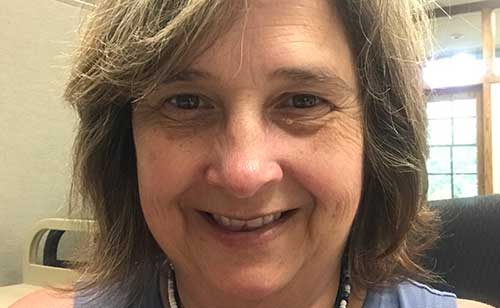 Shelley Kresan, rare book cataloger in The Huntington's technical services department.
Shelley Kresan, rare book cataloger in The Huntington's technical services department.
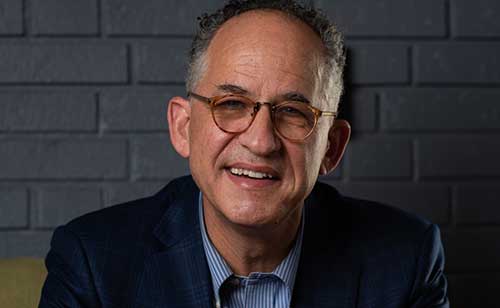 Patrick Kuh, food critic and author of "Finding the Flavors We Lost: From Bread to Bourbon, How Artisans Reclaimed American Food." Photo by Armando Andrade.
Patrick Kuh, food critic and author of "Finding the Flavors We Lost: From Bread to Bourbon, How Artisans Reclaimed American Food." Photo by Armando Andrade.
Extras:
Recipe: Apple Pocket-Books
3/4 cup dark brown sugar
½ teaspoon cinnamon
3 tablespoons flour
¼ teaspoon salt
½ cup water
2 tablespoons butter
1 teaspoon lemon juice
4 large apples, peeled and chopped
2 cups sifted flour
¼ teaspoon salt
2/3 cup shortening
4 tablespoons milk
In saucepan mix brown sugar, cinnamon, flour and salt thoroughly. Slowly add water. Then cook over low heat, stirring until thickened. Add butter and lemon juice. Remove from heat and add apples. Cool. Next mix 2 cups flour, salt and shortening together as for pie crust. Add milk and mix with fork or fingers. Lift out onto floured board and roll to ¼ inch thickness. Cut into squares (3- to 5-inch squares are best), and on each square put 1 spoonful of apple mixture. Fold over to form a triangle, seal edges and prick tops. Put on greased backing sheet and bake at 425° for 15 minutes. Delicious hot with Grandma’s Pudding Sauce (see page 167), and very good cold too.
Recipe for the Apple Pocketbooks. Allan Keller, Grandma’s Cooking. New York: Gramercy Publishing Co., 1955.
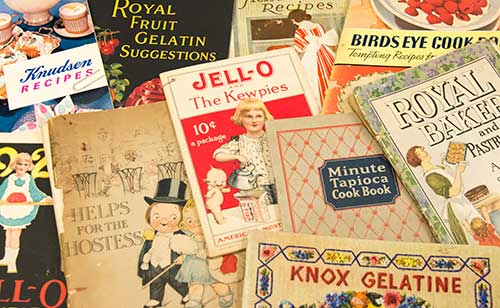 A selection of early 20th-century, brand-name recipe pamphlets from The Huntington’s Anne Cranston American Regional and Charitable Cookbook Collection. Photograph by Kate Lain.
A selection of early 20th-century, brand-name recipe pamphlets from The Huntington’s Anne Cranston American Regional and Charitable Cookbook Collection. Photograph by Kate Lain.
 Manuscript and newspaper recipes mounted or laid in a charitable cookbook produced in Des Moines, Iowa, August 1903. Photograph by Kate Lain.
Manuscript and newspaper recipes mounted or laid in a charitable cookbook produced in Des Moines, Iowa, August 1903. Photograph by Kate Lain.
Episode 2: Virtual Voyages
In the early 1800s, international travel was a privilege most Americans couldn't experience firsthand. Only brave souls like "Wicked Ned," an American sailor who almost died on his first trip, had the stomach for lengthy maritime journeys. But if travel was inaccessible, imagining it was not. And for that, there was art. Join host Giovana Romano Sanchez for a virtual voyage through time and across distant lands, for a look at what travel meant for Americans who, like most of us right now, couldn't venture far from home.
Guests:
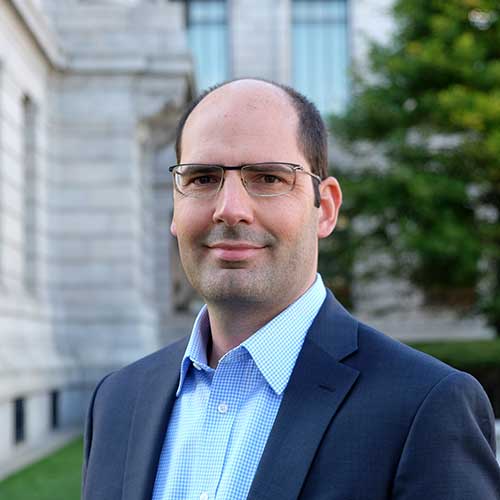 Dennis Carr, Virginia Steele Scott Chief Curator of American Art
Dennis Carr, Virginia Steele Scott Chief Curator of American Art
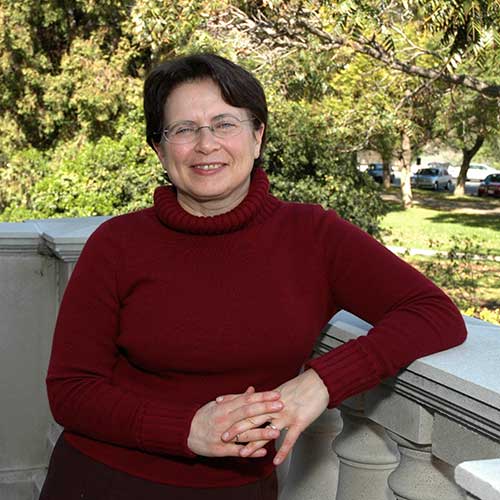 Olga Tsapina, Norris Foundation Curator of American Historical Manuscripts
Olga Tsapina, Norris Foundation Curator of American Historical Manuscripts
Extras:
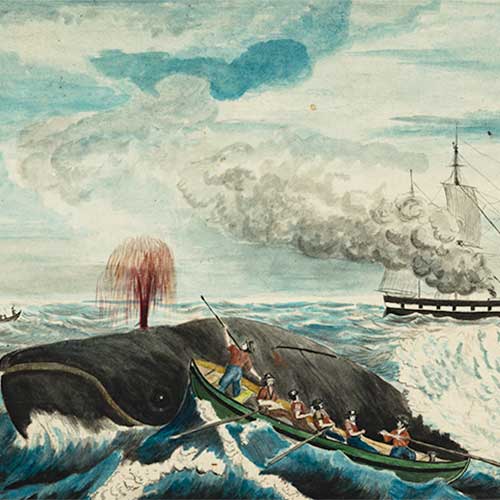 David E. Marshall ("Wicked Ned"), Right Whale, ca. 1851. Watercolor. The Huntington Library, Art Museum, and Botanical Gardens.
David E. Marshall ("Wicked Ned"), Right Whale, ca. 1851. Watercolor. The Huntington Library, Art Museum, and Botanical Gardens.
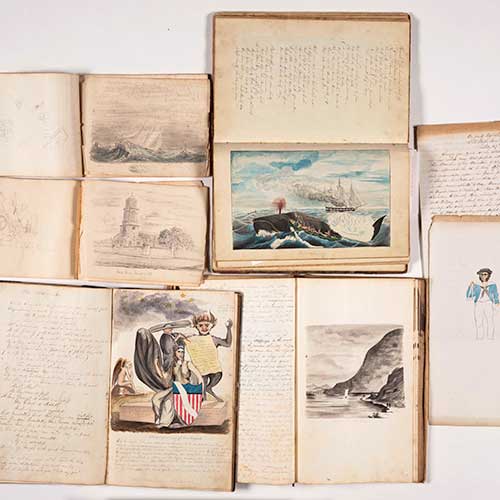 David E. Marshall ("Wicked Ned"), manuscripts and drawings, 1845–1865. The Huntington Library, Art Museum, and Botanical Gardens.
David E. Marshall ("Wicked Ned"), manuscripts and drawings, 1845–1865. The Huntington Library, Art Museum, and Botanical Gardens.
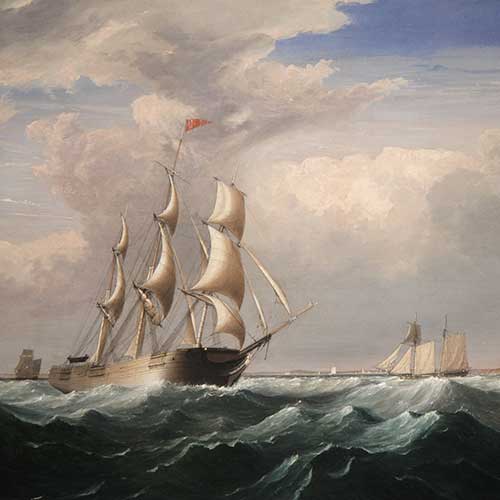 Fitz Henry Lane (1804 - 1865), Sailing Ships off the New England Coast, ca. 1855. Oil on canvas, 30 1/8 x 48 1/4 in. The Huntington Library, Art Museum, and Botanical Gardens.
Fitz Henry Lane (1804 - 1865), Sailing Ships off the New England Coast, ca. 1855. Oil on canvas, 30 1/8 x 48 1/4 in. The Huntington Library, Art Museum, and Botanical Gardens.
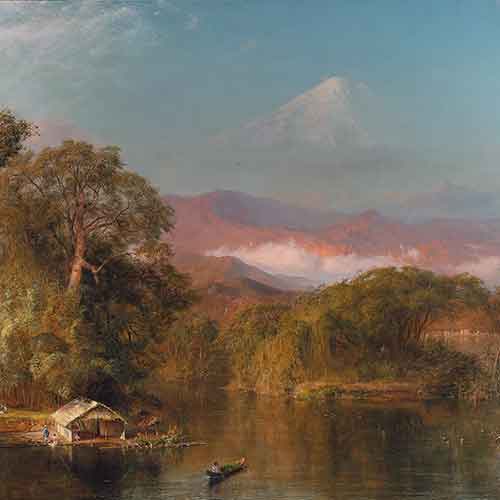 Frederic Edwin Church (1826 - 1900), Chimborazo, 1864. Oil on canvas, 48 x 84 in. The Huntington Library, Art Museum, and Botanical Gardens.
Frederic Edwin Church (1826 - 1900), Chimborazo, 1864. Oil on canvas, 48 x 84 in. The Huntington Library, Art Museum, and Botanical Gardens.
Episode 1: What Bonsai Can Teach Us About Patience
Ted Matson, curator of The Huntington’s bonsai collections, used to be a writer. Whenever he felt writer’s block coming on, he would visit his personal collection of bonsai trees, do a little pruning and pinching and enter a “flow state."
Inevitably, the solution he was seeking would pop into his head. To help us grapple with the frustrations of coronavirus stay-at-home orders, host Giovana Romano Sanchez escorts us deep into the practice of bonsai for a lesson in patience, the concept of time, and respect for the pace of nature in this inaugural episode of the Hear and Now at The Huntington podcast.
Guests:
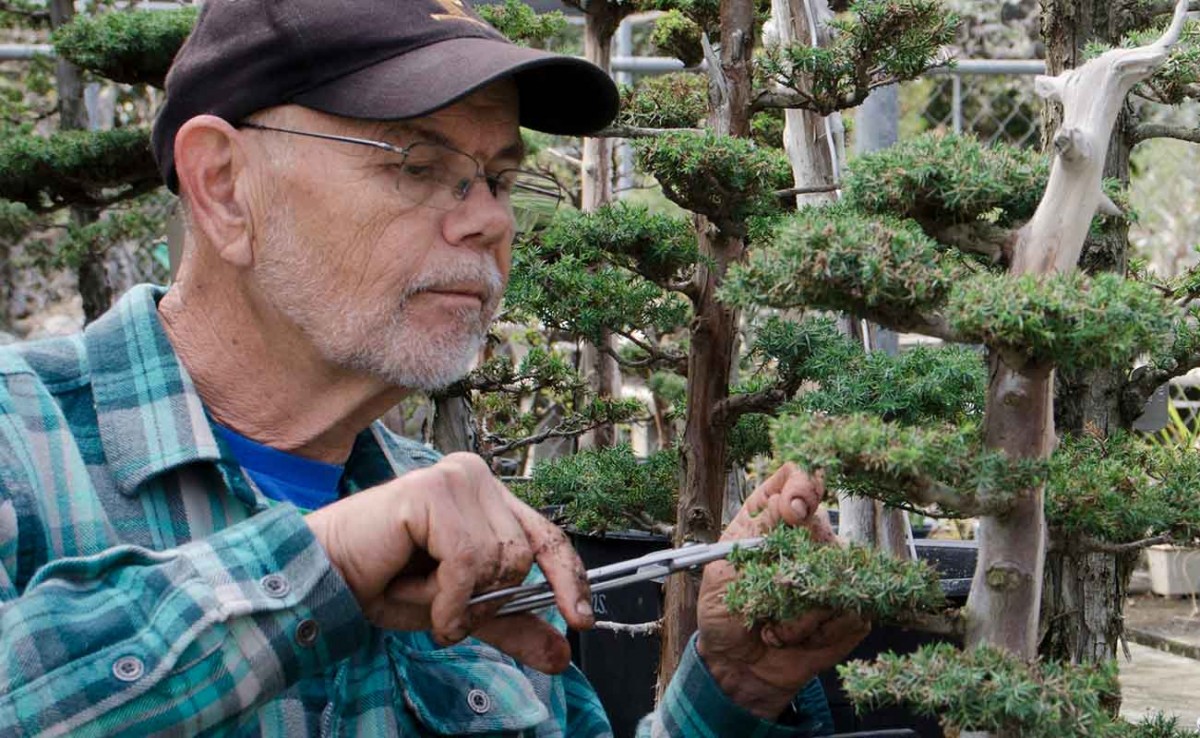 Ted Matson, curator of the bonsai collections.
Ted Matson, curator of the bonsai collections.
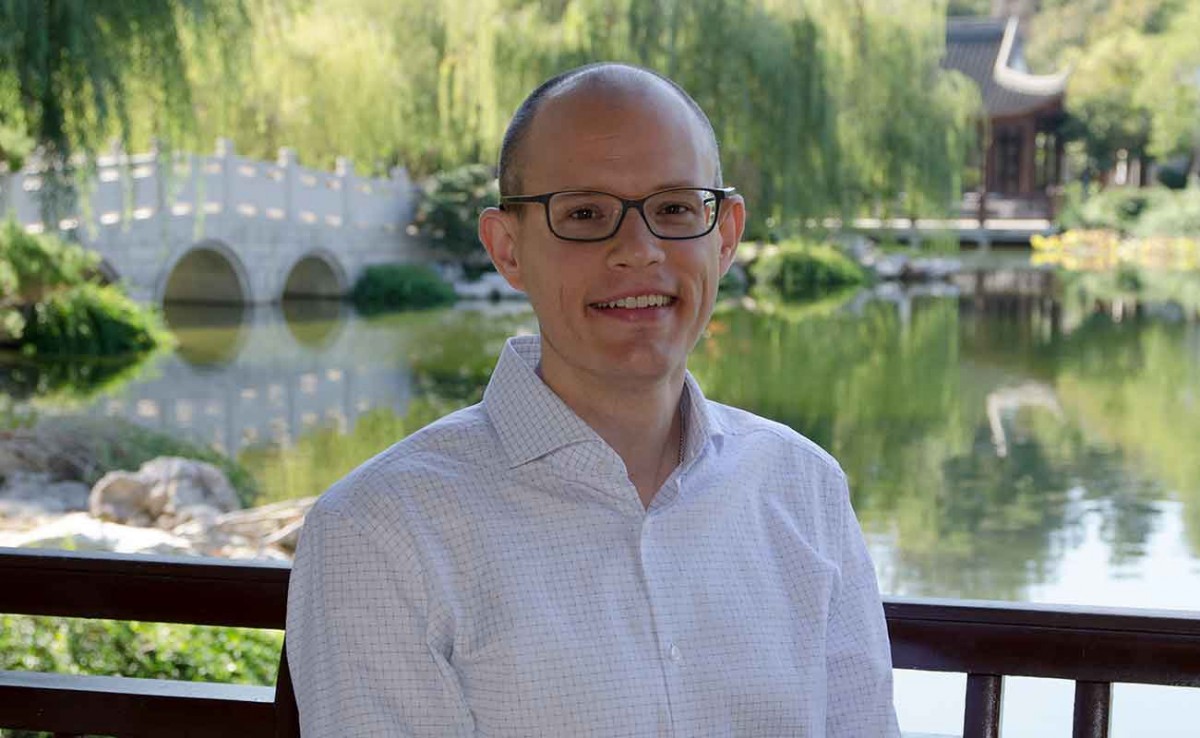 Phillip Bloom, June and Simon K.C. Li Curator of the Chinese Garden and Director of the Center for East Asian Garden Studies.
Phillip Bloom, June and Simon K.C. Li Curator of the Chinese Garden and Director of the Center for East Asian Garden Studies.
Extras:
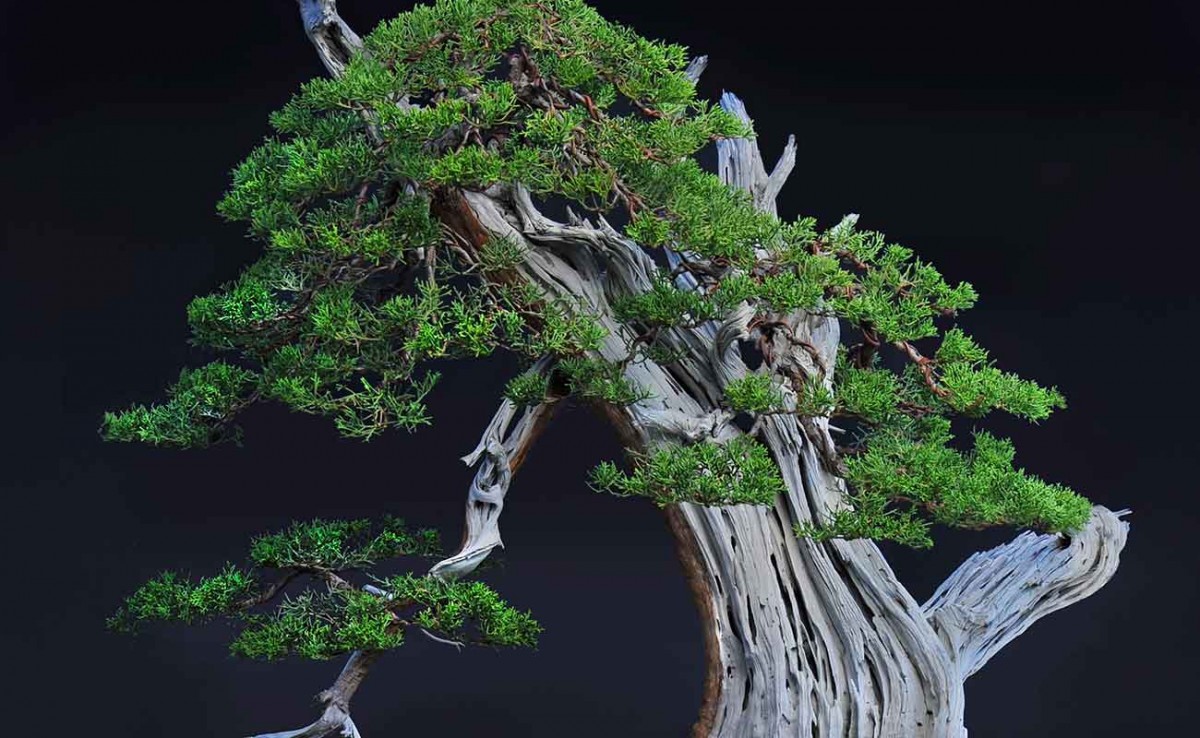 California juniper (Juniperus californica), moyogi or informal upright style bonsai, estimated age of original plant material: 1,200–1,500 years. Collected from the Mojave Desert, displayed in Itayama Tokoname pot from Japan, donated by the Bergstein Family, on loan from the Golden State Bonsai Federation. Photo by Andrew Mitchell.
California juniper (Juniperus californica), moyogi or informal upright style bonsai, estimated age of original plant material: 1,200–1,500 years. Collected from the Mojave Desert, displayed in Itayama Tokoname pot from Japan, donated by the Bergstein Family, on loan from the Golden State Bonsai Federation. Photo by Andrew Mitchell.
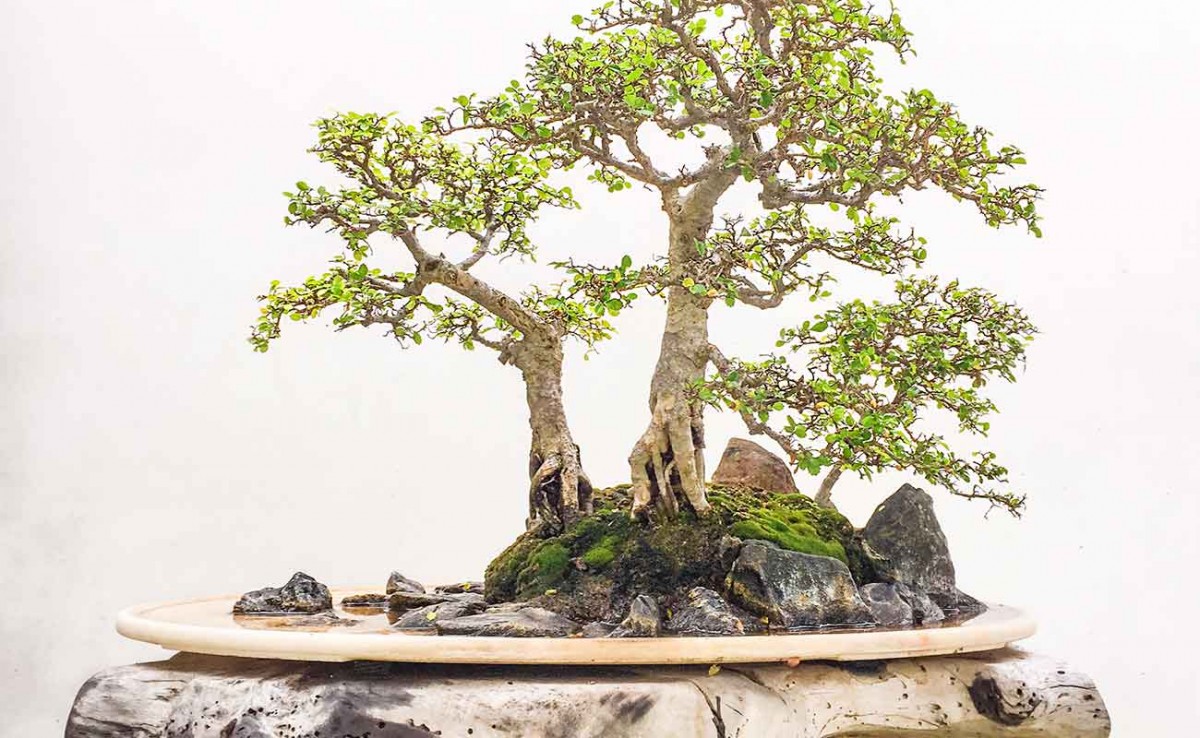 Chinese elms penjing by Zhao-Sheng Che. Photo by Andrew Mitchell.
Chinese elms penjing by Zhao-Sheng Che. Photo by Andrew Mitchell.
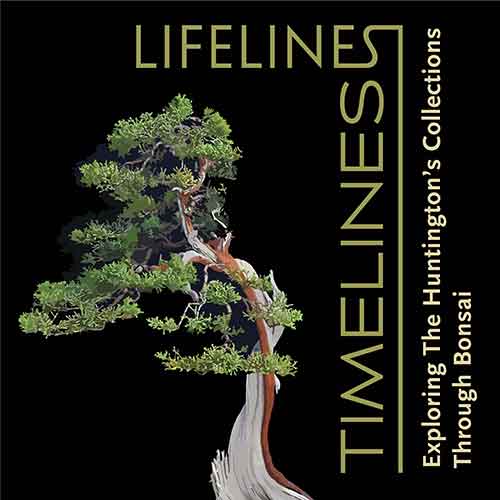 EXHIBITION
EXHIBITION
LIFELINES/TIMELINES
"Lifelines/Timelines" explores the march of time by comparing the age of selected California juniper bonsai alongside benchmarks in the institution's 100-year history.
More
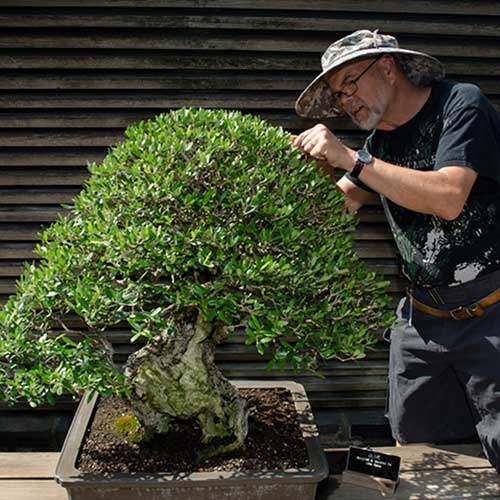 VERSO
VERSO
A PRAIRIE BOY'S PASSION FOR BONSAI
The irony doesn't escape Ted Matson. Raised on the prairie of North Dakota, without a tree in sight, the one-time farm boy followed a path in life that led to a full-time career in bonsai.
More
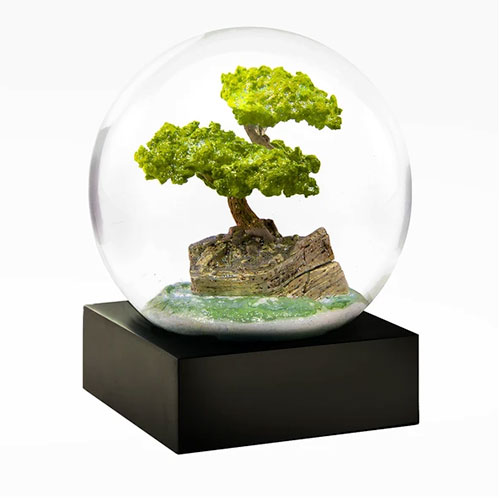
BONSAI COLLECTION
Shop our bonsai-themed collection at The Huntington Store.
More


